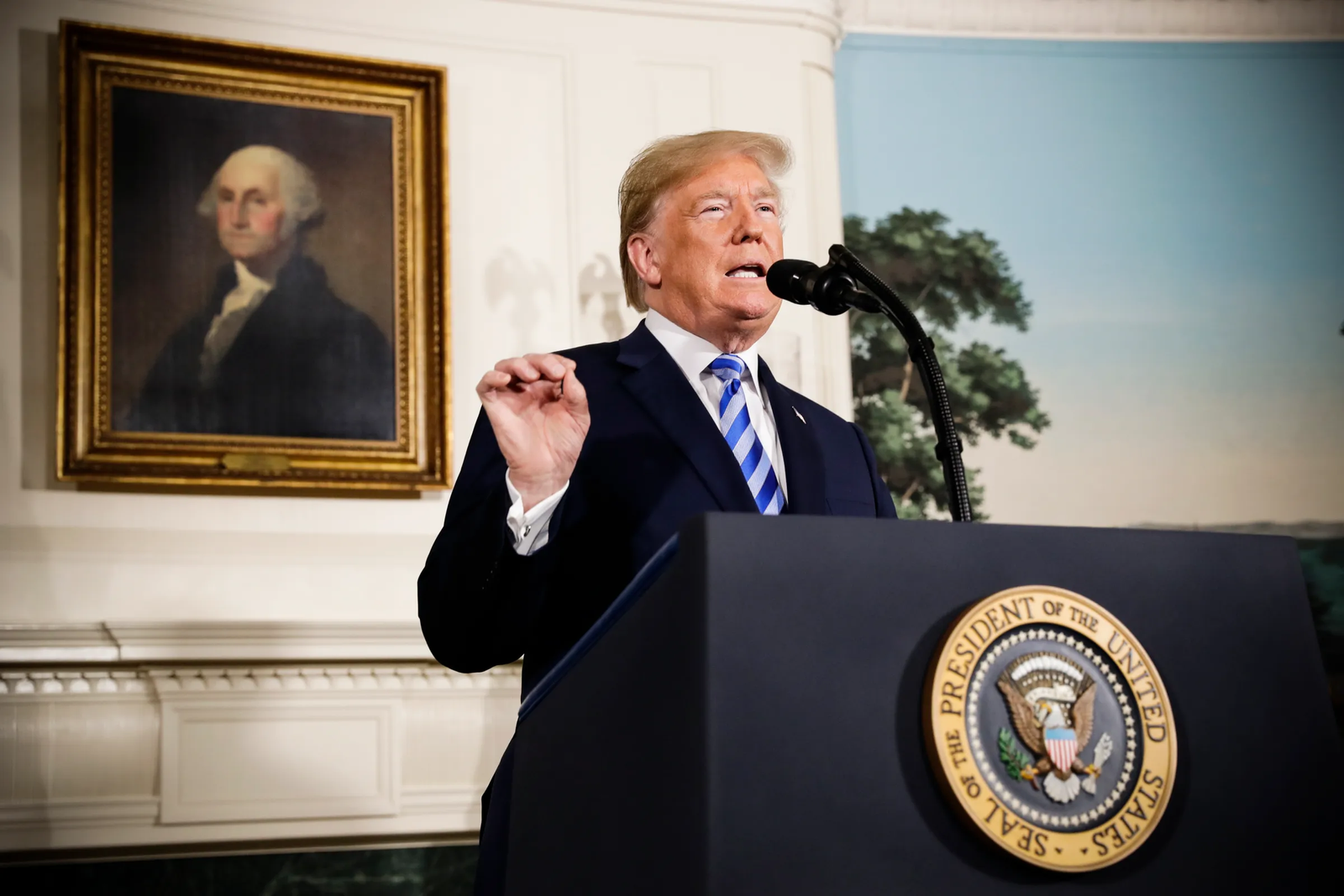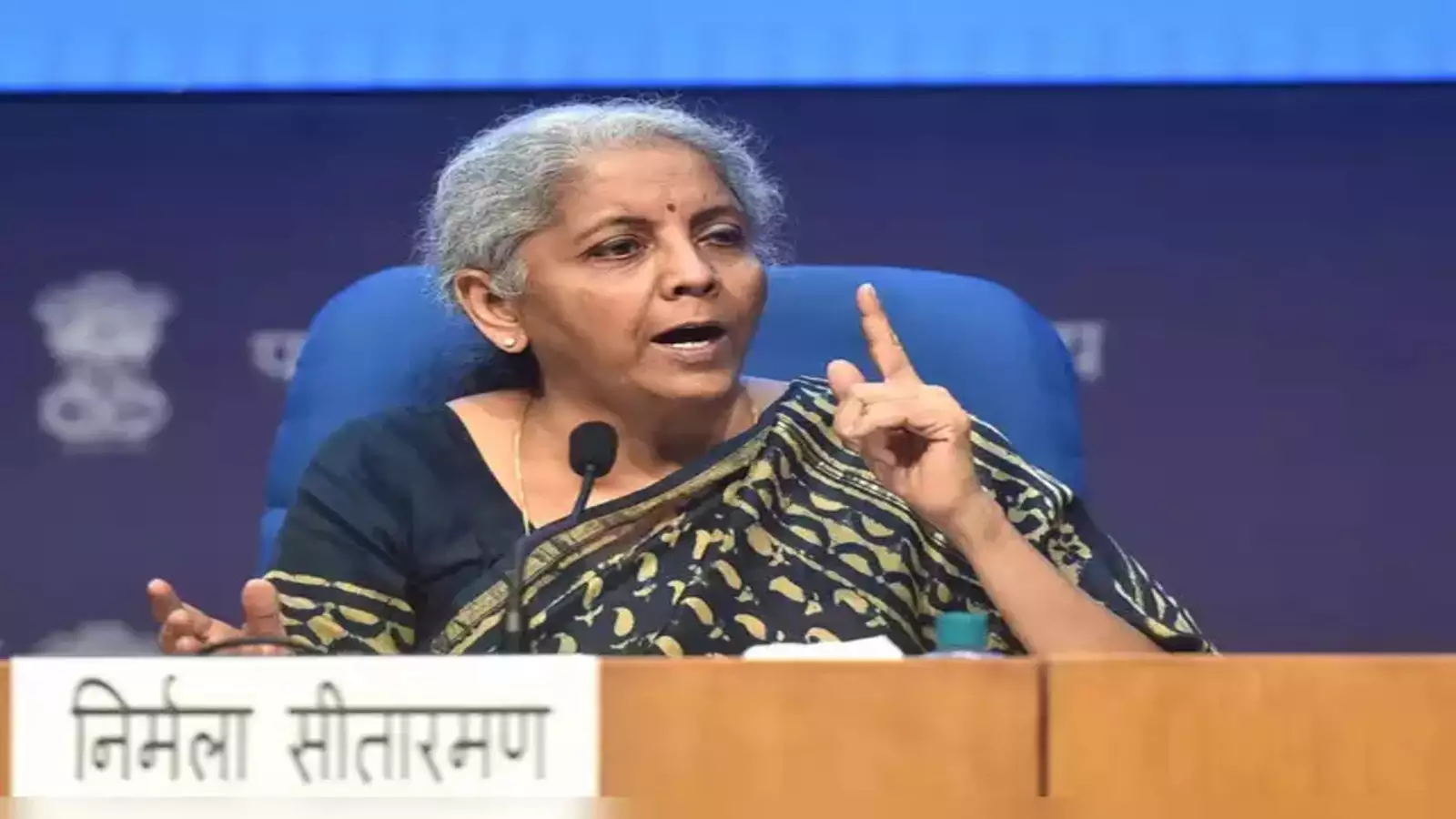Delhi residents were greeted by a thick haze on Diwali morning, as the city’s air quality index (AQI) settled at a concerning 328, placing it firmly in the “very poor” category. Despite ongoing efforts to curb pollution, Delhi and its neighboring regions were enveloped in smog, marking yet another challenging Diwali for the city. Data from the System of Air Quality and Weather Forecasting and Research (SAFAR) indicated that while the AQI was "very poor" at 328, certain areas fared even worse.
Understanding the Air Quality Index (AQI)
To put things in perspective, the AQI ranges from:
- 0 to 50: Good
- 51 to 100: Satisfactory
- 101 to 200: Moderate
- 201 to 300: Poor
- 301 to 400: Very Poor
- 401 to 450: Severe
- Above 450: Severe-Plus
For Delhi, this Diwali started with readings well above safe levels, leaving the city gasping for cleaner air.
Severe AQI Levels Across Delhi’s Key Locations
Among Delhi’s 40 monitoring stations, Anand Vihar recorded one of the highest AQI levels at 419, categorized as "severe." Similarly, areas including Alipur, Ashok Vihar, Aya Nagar, Bawana, Burari, Dwarka, IGI Airport (T3), Jahangirpuri, Mundka, Narela, Okhla, Patparganj, Punjabi Bagh, Rohini, RK Puram, Vivek Vihar, Shadipur, Sonia Vihar, and Wazirpur also reported AQIs in the "very poor" category.
Weather Forecast Suggests Persistent Smog
The Indian Institute of Tropical Meteorology (IITM) in Pune issued a forecast indicating that Delhi's air quality is expected to linger in the "very poor" zone for Thursday and Friday. With the potential for additional emissions from firecrackers and stubble fires, conditions could escalate to the "severe" category, making this festive period a particularly difficult one for residents.
How Changing Wind Patterns Worsen Pollution
Mahesh Palawat from Skymet Weather Services explained that recent changes in wind patterns could exacerbate Delhi’s pollution issues. “The winds have shifted from south-southeast to northwesterly, bringing smoke from stubble burning into the city,” he noted. As if that wasn’t enough, firecracker use during Diwali could worsen the situation by trapping pollutants within the city due to this altered wind direction.
Comparing Diwali’s Air Quality This Year to Last Year
Interestingly, last year’s Diwali saw much better air quality. Celebrated on November 12, Delhi recorded its best Diwali-day AQI in eight years, with an average reading of 218, which was still concerning but relatively moderate. This year, however, Diwali falls amidst more intensified stubble burning and less favorable weather patterns.
Stubble Burning: A Recurring Challenge
The post-harvest season in October and November is notorious for stubble burning in Haryana and Punjab. These neighboring states often burn crop residues, leading to increased air pollution that drifts into Delhi. This annual practice, combined with seasonal fireworks, creates a potent mixture that pushes AQI levels up to hazardous levels each year.

Strict Anti-Pollution Measures in Place
In response to the anticipated rise in pollution, Delhi has introduced strict measures. Delhi Environment Minister Gopal Rai confirmed that 377 teams were formed to enforce a strict ban on firecrackers across the city. Each district’s deputy commissioner of police (DCP) is heading dedicated teams to ensure compliance, aiming to mitigate further air quality deterioration during Diwali.
Graded Response Action Plan (GRAP) Underway
Delhi has already activated Stage Two of its Graded Response Action Plan (GRAP) to address the poor air quality. Under this plan, the use of coal, firewood, and diesel generators is restricted across the National Capital Region (NCR). Regular mechanical sweeping and water sprinkling are conducted on major roads, and dust control measures are in place at construction sites.
Read more: healthy lifestyle tips 2024
Promoting Public Transport Over Private Vehicles
To reduce vehicle emissions, authorities have ramped up public transport options. Additional buses and metro services have been introduced, and parking fees for private vehicles have been raised to encourage the use of public transport. Traffic personnel have been stationed at key congestion points to manage traffic more effectively, minimizing vehicular emissions.
Community Guidelines for Minimizing Pollution
Residents of Delhi-NCR have also been advised to adopt certain practices to support pollution control efforts. These include:
- Opting for public transport instead of private vehicles
- Regularly changing vehicle air filters as recommended
- Avoiding dust-generating construction activities from October to January
- Refraining from burning solid waste or biomass
Read More: Diwali 2024: A Celebration of Lights and Traditions in Ayodhya
Conclusion
This Diwali, while celebrations continue, the quality of air in Delhi remains a serious concern. Despite the efforts of authorities, nature and human actions continue to challenge Delhi’s environment. With stricter measures and more conscious community participation, there’s hope that future Diwalis will see clearer skies and healthier air for the city.
Other Popular News Post:
Saudi crown Prince | Chicago travel delay | SpaceX Crew Dragon | Packers vs Broncos | Har Ghar Tiranga Certificate | Dalhi Rain forecast | Arvind Kejriwal Moves Supreme Court | SEBI Chief Madhabi Puri Buch | Amazon Great Sale Ends | Indian telecom industry | India’s 78th Independence Day | Rape and Murder | 78th Independence Day | Mahindra Thar Roxx | Nalin Prabhat | Ola Electric 2024
Explore other popular Posts:
Blog | News | Entertainment | Education | Sports |
Technology | Cryptocurrency | Stock | Home | Sitemap





